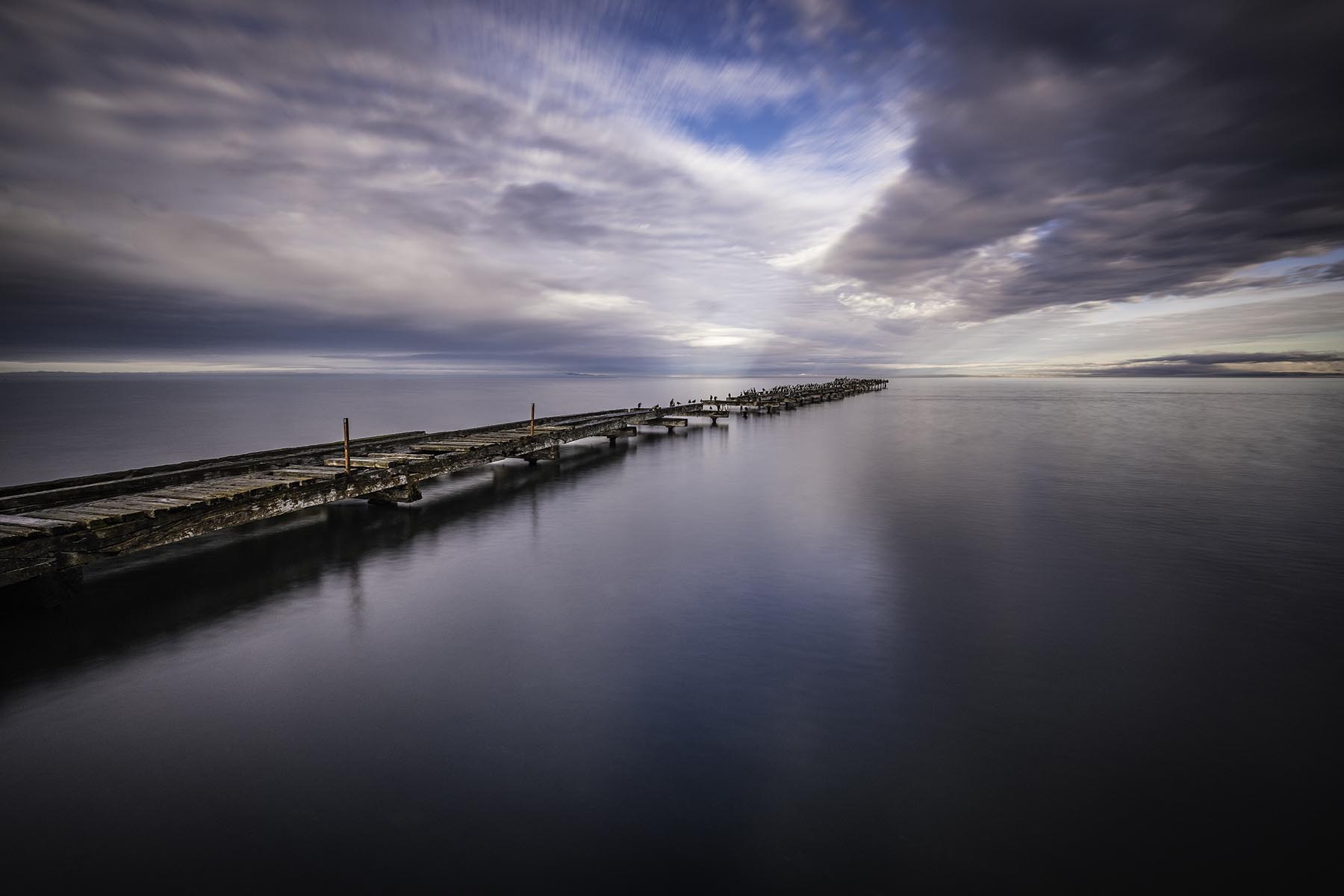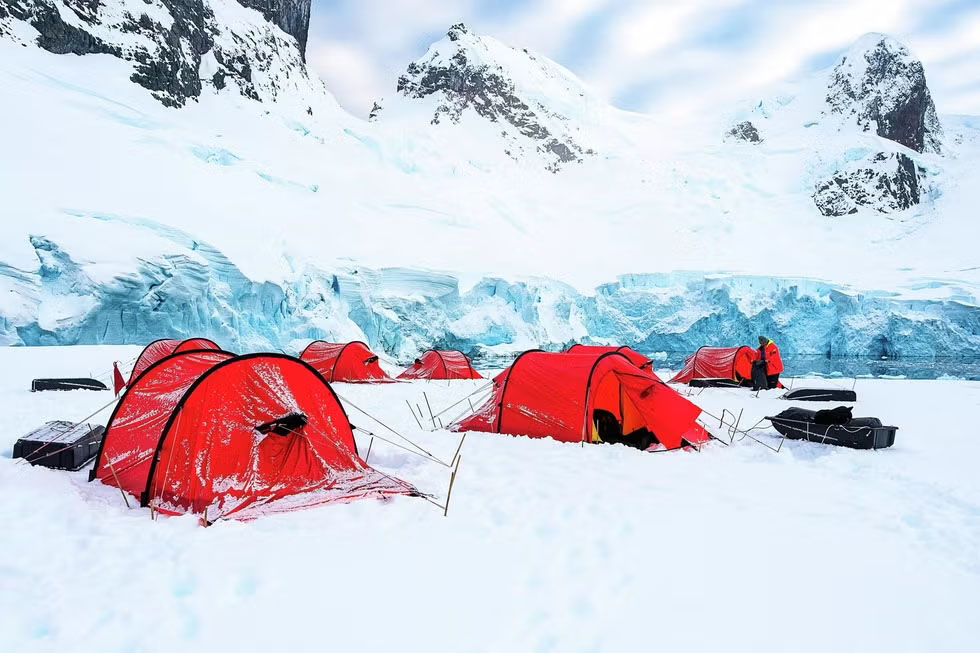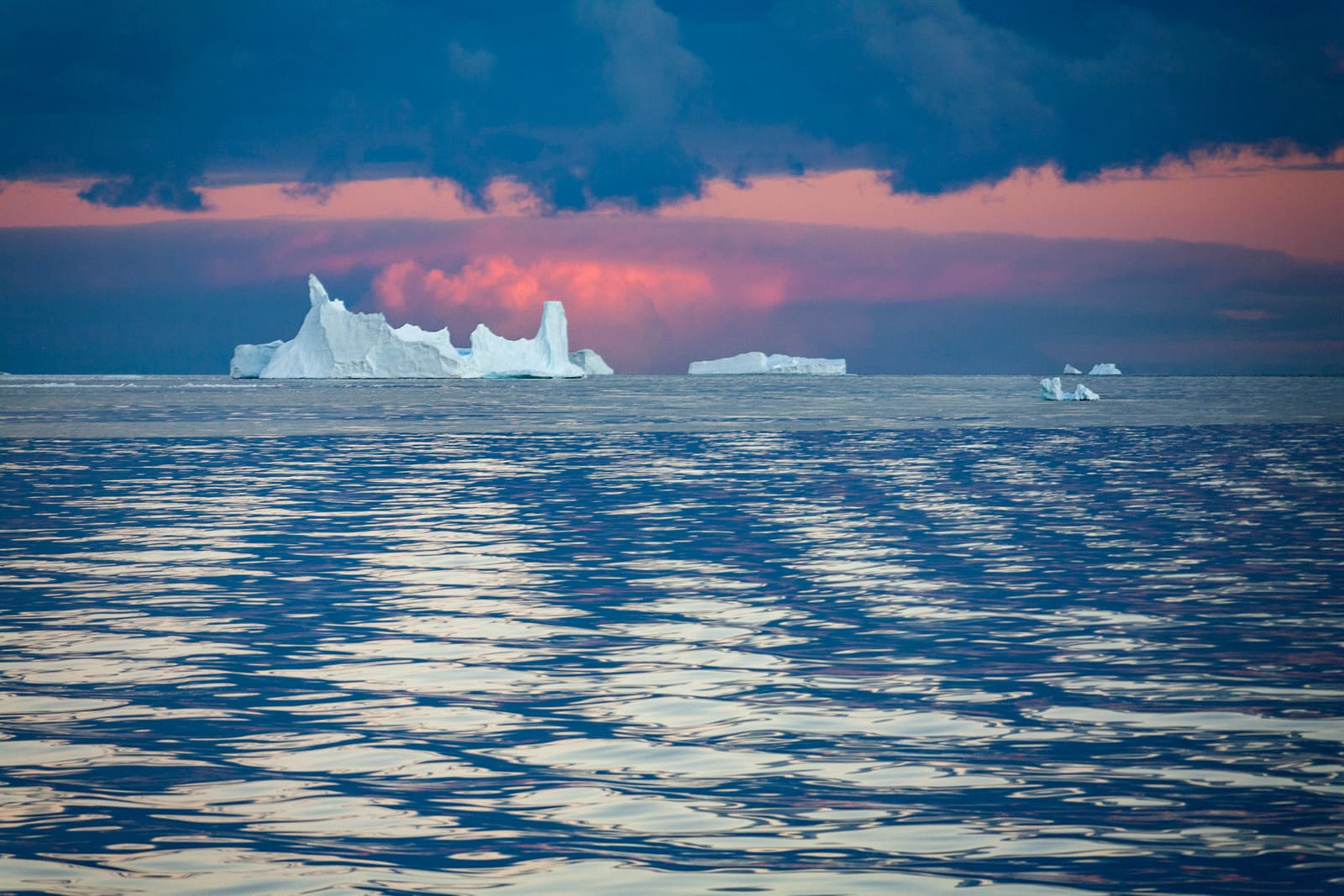
Getting Ready For The Drake Passage: Essential Guide For Antarctic Travelers | Travel Blog
Worried about crossing the Drake Passage? It's completely normal—those stories of choppy seas and giant waves can make travelers nervous.
In this guide, I’ll share practical tips to help with packing smart, managing seasickness, and choosing the best travel options for your journey.
Table of content
Essential Information
- The Drake Passage, located between South America and Antarctica, has strong winds, icy waters, and waves up to 33 feet (10 meters) high. It is known as the "Drake Shake" for its rough seas.
- Packing essentials include thermal layers, waterproof gear, muck boots, sunscreen, seasickness medication (like Scopolamine patches), ginger products, and entertainment items for downtime.
- Seasickness is common during the 36–48-hour crossing. Remedies like pills (e.g., Dramamine), acupressure wristbands, small meals with water, and resting help reduce symptoms.
- Travelers can cross by cruise ship or plane. Ships offer the full experience but take longer and risk seasickness; flights save time but cost more.
- Choosing the right travel mode depends on comfort with rough seas versus time constraints and budget—ships are budget-friendly; flying avoids choppy waters entirely.

Understanding the Drake Passage
The Drake Passage sits between South America and Antarctica, linking the Atlantic and Pacific oceans. Its fierce waves, strong winds, and icy waters make it one of the roughest seas on Earth.
Location and Significance
It connects Cape Horn and the South Shetland Islands, cutting through the Southern Ocean. At about 600 miles wide, it’s a key route for ships heading to the Antarctic Peninsula.
Sailors often call this area unpredictable because of its strong winds and massive waves.
Named after Sir Francis Drake, this passage is famous in maritime history. Spanish sailors once referred to it as Mar de Hoces after Francisco de Hoces spotted similar waters nearby.
Today, it remains vital for research vessels and explorers traveling to Antarctica. Its cold currents also play a role in global oceanic circulation, impacting climate patterns worldwide.
Why the Drake Passage is challenging for travelers
Strong winds and fierce currents make the Drake Passage a tough crossing. The Antarctic Circumpolar Current flows at 125 million cubic meters per second, creating choppy waves. Gale force winds from low-pressure systems whip up seas as high as 33 feet in rough weather.
It's no wonder sailors call it the "Drake Shake.".
The weather shifts quickly, with calm days turning into wild storms without warning. Ships face turbulence caused by water temperatures clashing between the Pacific Ocean and Southern Oceans.
Modern cruise vessels use X-BOW hulls and stabilizers for smoother rides, but even those can't tame it all. For many, motion sickness becomes a real battle during these relentless crossings—lasting about 36 to 48 hours.
Crossing the Drake Passage felt like riding a rollercoaster in slow motion, one traveler once said to me on deck amidst swelling waves.
There are also the lucky travelers who encounter a Drake lake with a smooth crossing and no strong waves. Being unpredictable, it is usually a matter of chance that travelers experience a smooth crossing vs a turbulent one.
Voyagers offers travel options with cruises that navigate the Drake or Skip it by flying
 Classic Antarctica Air-Cruise
Classic Antarctica Air-Cruise
Embark on an 8-day Antarctica journey with scenic cruises, wildlife encounters, and expert-led excursions from Punta Arenas.
From $15,995.00 Antarctica Basecamp
Antarctica Basecamp
Embark on a 13-day Antarctic adventure from Ushuaia. Explore Drake Passage, iconic islands, and stunning wildlife landscapes.
From $9,100.00Preparing for the Journey
Packing smart can make or break your trip across the Drake Passage. Be ready for rolling waves, biting winds, and sudden changes in weather— visiting Antarctica is no ordinary cruise.
Essential packing list
Traveling through the Drake Passage requires careful preparation. The weather can be rough, so having the right gear is key to staying safe and comfortable.
- Thermal Layers: Bring base layers that retain heat. I always pack thermal tops and leggings to protect against freezing temperatures.
- Mid-Layers: Fleece or wool sweaters work great as insulation. You’ll need something warm but breathable for layering.
- Waterproof Outerwear: A good jacket and pants are a must. They block wind and keep you dry during icy conditions or wet landings near icebergs.
- Muck Boots: These are non-negotiable for Antarctic shore excursions. Waterproof boots with good grip will help you walk safely on icy or muddy terrain.
- Gloves: Wearing insulated, waterproof gloves is essential for keeping your hands warm while exploring outdoors.
- Sunglasses: The UV rays in Antarctica are intense due to the ice reflecting sunlight back up at you.
- Sunscreen: Staying protected from sunburn is a must, even in cold climates like this one.
- Seasickness Medication: The Drake Passage waves can trigger motion sickness easily, even in experienced travelers. Medicated patches or pills do wonders to ease nausea.
- Light Snacks: Ginger candies or crackers come in handy when your stomach feels unsettled during choppy seas.
- Entertainment Items: Long stretches of downtime onboard happen often during the crossing. E-readers, downloaded shows, cards, or puzzles can keep your mind occupied.
- Reusable Water Bottle: Staying hydrated is crucial for combating seasickness and managing fatigue in cold weather!
- Camera Gear: Don’t miss stunning sights like crabeater seals lounging by ice floes or emperor penguins waddling across ice shelves! Extra batteries are smart since the cold drains power fast.
- Optional Rented Gear: Renting jackets or muck boots from expedition companies lightens your baggage load without sacrificing quality equipment!
Having these items helped me tackle unpredictable conditions with confidence—and enjoy every surreal moment this wild journey offers!

Tips to manage seasickness
Seasickness can hit hard, especially during the Drake Passage crossing. I’ve learned a few tricks to help keep the queasiness at bay.
- Try Scopolamine Patches
These patches go behind your ear and work for up to three days. They’re powerful but not ideal for those over 50, as they might cause side effects like dry mouth or dizziness.
- Keep Seasick Pills Handy
Over-the-counter pills like Dramamine or Bonine can make a big difference. I take one every four to six hours with a light snack, avoiding alcohol completely while on them.
- Pack Ginger Products
Ginger candies, teas, or even capsules help settle my stomach naturally. The spicy kick seems to calm nausea better than other remedies.
- Use Acupressure Wristbands
I've worn wristbands that press specific points on my wrist to ease nausea. It’s simple, non-invasive, and surprisingly effective for many people.
- Stay Hydrated Always
Dehydration worsens symptoms fast. I sip water throughout the day, avoiding sugary drinks or caffeine which could make me feel worse.
- Eat Small Meals Often
Heavy meals don't sit well in rough seas like the furious fifties of the Drake Passage Antarctica area. Light snacks and bland foods work wonders for me instead.
- Rest Whenever Possible
Motion sickness tends to hit harder when tired. Taking breaks in my cabin lets me recover and avoid prolonged discomfort on deck.
- Stick Near Stabilizers on Ships
Stabilizer-equipped ships help reduce motion dramatically mid-voyage through surface currents near southern Chile routes like through Beagle Channel or Sea of Hoces zones.
Choosing the Right Travel Options
Picking how you’ll cross the Drake Passage is no small choice. From braving waves to flying over them, your path shapes your adventure ahead.
Cruise ships vs. flying the Drake Passage
Crossing the Drake Passage isn’t for the faint of heart. Choosing your mode of travel—by sea or air—can make or break the experience. To keep things simple, here’s a breakdown to help weigh your options:
|
Factor |
Cruise Ships |
Flying the Drake Passage |
|
Comfort with Rough Seas |
Larger ships offer stability but can still feel rough. Small ships? Less forgiving if the waves get angry. |
Avoid seasickness altogether. No waves, no motion sickness—just clear skies (hopefully). |
|
Time Commitment |
Crossing can take two days each way. Great if you’re not in a rush. |
Flights save time. Skip the 48-hour sea adventure (each way) altogether. |
|
Experience |
It’s the full Antarctica experience. You’ll feel the raw power of the Drake, for better or worse. |
Practical but less dramatic. Miss the thrill of “surviving” the famous passage. |
|
Weather Delays |
Sailings tend to stick to schedule regardless of the weather. |
Flights are subject to delays, sometimes lasting a day or more. |
|
Cost |
Typically more budget-friendly, especially on larger vessels. |
Fly/cruise packages tend to cost more, but they save time and spare nerves. |
|
Access to Shore Landings |
Smaller ships allow access to multiple landing sites. Larger ships limit shore time due to strict regulations (100 max ashore). |
Same landing opportunities via smaller expeditionary vessels after flying. |
Choosing between the two? It depends on how much time you have, your budget, and your stomach for adventure. If you’re short on time but high on funds, flying makes sense. Craving the full Antarctic experience? Brave the waves.
Here is a full blog post comparing the options of Flying the Drake or Cruising all the way to Antarctica
The Drake Passage isn’t just a journey; it’s an adventure. Many consider it a right of passage to visit Antarctica on an expedition cruise. With the right prep, it becomes less of a challenge and more of a story to tell. Pack wisely, pick your ship carefully, and brace for those waves! It’s one step closer to experiencing Antarctica's wild beauty.
Trust me, it’s worth every swell.
FAQs
-
What is the Drake Passage, and why is it significant for Antarctic travelers?
The Drake Passage is a stretch of ocean between South America’s Cape Horn and Antarctica’s South Shetland Islands. It connects the Atlantic and Pacific Oceans, making it crucial for global thermohaline circulation and Antarctic exploration.
-
How bad can the weather get in the Drake Passage?
Drake Passage weather is unpredictable due to low-pressure systems and strong cyclones. High winds, rough seas, and internal wave breaking are common challenges faced by travelers crossing this region.
-
When is the best month to cross the Drake Passage?
The best months are November through March during Antarctica's summer season when sea ice retreats, surface temperatures rise slightly, and conditions tend to be calmer compared to other times of year.
-
Why does the Drake Passage have such powerful ocean currents?
It lies at a critical junction in global oceans where forces like Ekman transport drive oceanic currents like those tied to meridional overturning circulation (AMOC) or North Atlantic Deep Water (NADW). These movements also affect climate change patterns worldwide.
-
What wildlife might I see while crossing the passage?
Travelers often spot seabirds like albatrosses or petrels soaring above waves stirred by stratified fluid layers below. Marine life such as krill, fin whales, killer whales, or even icefish may appear near Livingston Island or Deception Island en route.
Check Our Suggested Tours:

